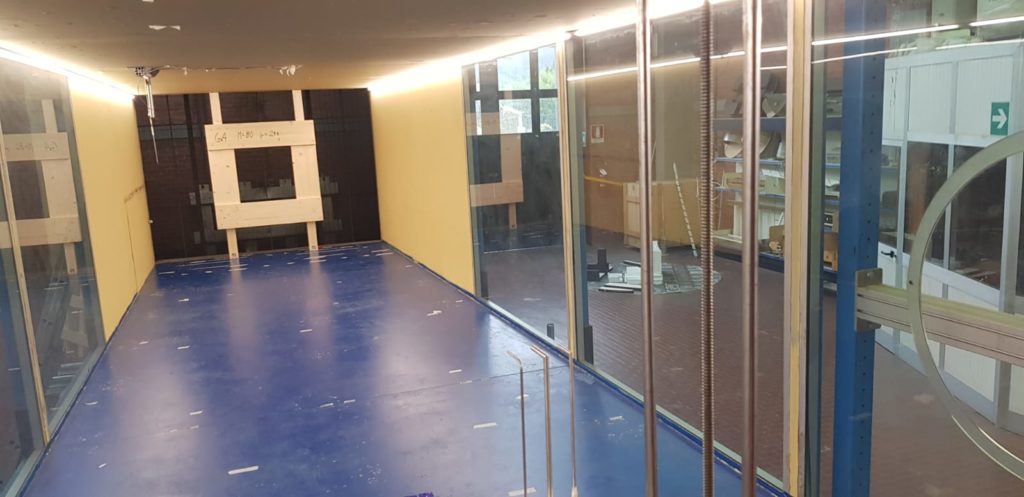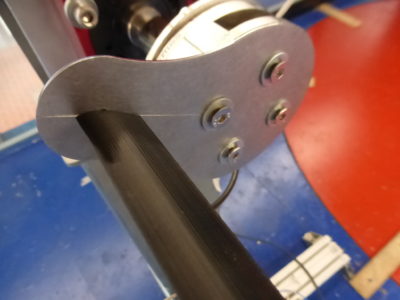Research activity duration: 2019 – now
Involved facilities: Wind Tunnel facilities (CRIACIV)


Despite laminar flow being an off-design condition, wind turbines (WT) are designed neglecting turbulence at their inflow. The ground for this assumption is that atmospheric turbulence eddies are much larger than the aerofoil chord and therefore they can be accounted as a slow laminar fluctuation. However, turbulence affects significantly the design of a wind farm, e.g. regarding the spacing between WTs. Although plenty of research has been published upon optimal wind farm design, very few works have concentrated on the basic aerodynamic mechanism which triggers the detrimental (or beneficial) effect of turbulence in the inflow.
This project spurs from preliminary tests at the University of Birmingham about the effect of large integral length scale on the aerodynamic behaviour of a WT aerofoil. These tests have confirmed the importance of developing a robust methodology for varying turbulence characteristics at the inflow.
The configuration of the CRIACIV boundary layer wind tunnel is ideal to extend the scope of the work to reproduce a highly turbulent flow in controlled conditions with the possibility of controlling structural dynamic properties. In particular, the use of passive grids has been successful in recent research in Florence.

One of the turbulence grid tested: this particular one was designed and gradually improved to have the largest possible integral length scale in the wind tunnel.
The project is aimed at showing the effect of typical offshore turbulence statistics on the aerodynamics of a wind turbine aerofoil in free oscillations.
The short term objectives of the project are conceived to provide a test-case to be used as reference for future numerical and experimental studies on the investigation of the interaction between a turbulent inflow with given statistics with the separated boundary layer around a WT aerofoil. This project in particular aims at understanding whether this interaction is strengthened or weakened by given dynamic properties of the body.
In the long term, this project gives a thorough insight on the robustness of a methodology to produce turbulence characteristics at the inlet of wind tunnel testing for a variety of turbulent wind environments. The issue is to be able to increase the scale of the tested device to measure more statistics than it would be normally possible with a more traditional turbulent boundary layer. The crucial issue is recognised in the generation of relevant turbulence and the ability to provide large length scales and an energy cascade representative of the large eddies found in the atmosphere.
This ambitious goal will possibly contribute with qualitative results towards new investments to improve the understanding of the understanding of the effect of turbulence on the aerodynamics and the consequent optimisation of the efficiency and reliability of WT converters.

One of the two airfoil tested after the campaign on turbulence grids. This was the shorter and most refined wing section of the two tested, having the same NACA profile with different size to investigate the ratio of turbulence length scale on chord length.
Turbulence also improves the wake recovery downstream the VAWT. The masurements taken at the middle horizontal plane of the turbine show that the wind speed deficit is 10% lower with 10% of free stream turbulence (compared to the non-disturbed flow).
The following steps of the project will be devoted in providing a solid explanation for this phenomena, and from this understanding propose an optimized turbine able to harvest more efficiently the turbulence in urban environments.